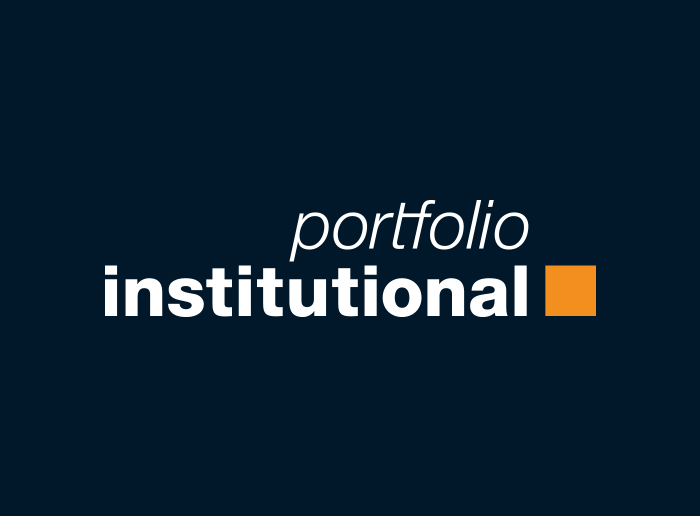PAY INEQUALITY
There has been a lot of talk about remuneration in the past few years, but the debate is no longer limited to the gap between an executive’s pay and that of the company’s average employee.
The disparity between men and womens’ compensation filled the conversation last year, a debate that will continue into 2018.
Legislation is scheduled for the UK to make companies report any gender pay gap that they have. Le Jeune believes that more and more developed world companies will gradually be forced to disclose more on this issue.
She also expects to see investors pushing companies to disclose such data if they are not covered by legislation.
“I would see the gender pay gap and, more generally, pay inequality as a big governance theme in 2018,” she adds.
Gender diversity and pay are also in Invesco Perpetual’s ESG outlook. De ConinckLopez believes that workplace culture could come into sharper focus this year with human rights in the supply chain and gender diversity continuing to be high up the agenda for investors and companies.
“Social issues have historically been more difficult for investors to tackle as they are often not as tangible in terms of physical or monetary impact as, for example, an issue such as climate, but certainly these issues receive a lot of attention,” she says.
CYBER SECURITY
Last year saw a number of high-profile hacking cases, most notably the WannaCry software which hit more than 10,000 organisations and 200,000 individuals. Then there was the Equifax attack, which exposed the personal data of some 143 million Americans.
“The sheer scale of these incidents is perhaps an insight into the quality of global corporate IT systems and the extent of the challenge to update and protect critical systems and sensitive data,” Newton’s Stewart says.
Many businesses were unprepared for this risk. PwC’s 2016 Cybercrime survey found that only 37% of the organisations surveyed had a cyber incident response plan.
“Companies are unlikely to be able to stop attacks, so a well-planned response is vital,” Stewart adds.
“To add to the issue, the hackers are able to act much more quickly than companies in defending themselves. Further, it isn’t just the risk posed by external threats which companies need to consider, but the risk that intellectual property is subject to internal theft also. While this perhaps may not be front of mind when evaluating security gaps, for companies which rely heavily on R&D, this is a serious consideration.
“Research suggests a significant need to improve board-level, strategic understanding of cyber risks at companies, with research by EY revealing that 87% of board members and C-suite executives lack confidence in their organisation’s level of cyber security.”
HOLDING INDIVIDUAL DIRECTORS TO ACCOUNT
A number of corporate governance commentators are discussing the potential use of a currently underused section of the UK Companies Act for shareholders to hold individual company directors to account.
Section 172 of the Act, ‘duty to promote the success of the company’, includes calls for directors to always act in the companies’ best interests while having regard for its employees and the impact of the company’s operations on the community and the environment.
“We don’t know exactly how this will play out yet as the legislation is quite open ended,” Stewart says.
ONE TREND YOU MIGHT NOT SEE
Regardless of what happens in this space in 2018 Aon Hewitt head of responsible investment Tim Manuel does not expect to see ESG become a mainstream investment market just yet.
“What we saw in 2017 was people outside of that niche start to ask questions [about ESG],” Manuel says. “What is this? Why might it be important?
“I would love to think we will get more of that, but I’m not convinced that 2018 is when it is going to break into the mainstream,” he adds. “Regulation is likely to be the thing that pushes this topic beyond those natural adopters [in the defined benefit market].
“The DC side is more interesting,” he adds. “Member engagement comes through more strongly in DC schemes because they are more closely connected with the underlying investments in the scheme.”
Only time will tell if some or all of these predictions will define ESG in 2018. Portfolio Institutional will be tracking the market, researching eight more features on the sector before the year’s end, which might include some of the points made above.







